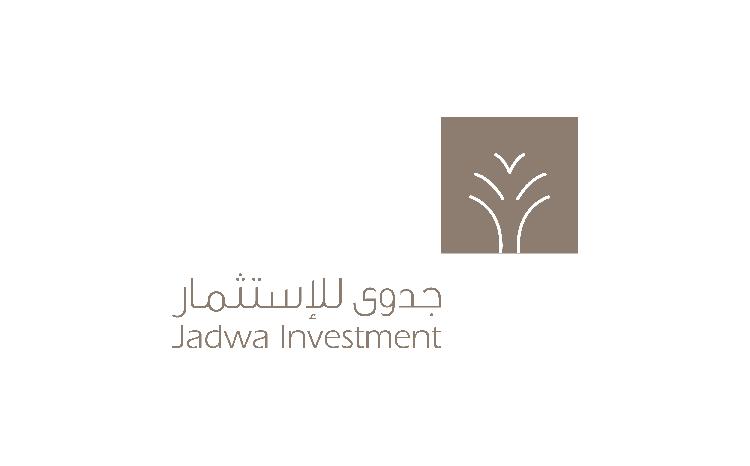
JADWA Investment - Saudi Chartbook Sep 2015
Economic activity recorded a seasonal slowdown in July, in line with the usual pattern around the Eid al-Fitr holidays. The net withdrawals from government accounts with SAMA fell to its lowest point in ten months with all three main government accounts recording small net monthly changes. This led to a further reduction in the monthly withdrawal from foreign exchange reserves.
The Saudi unemployment rate fell slightly to 11.6 percent as the economy created new jobs at a faster rate than the expansion in the Saudi labor force. However the growth in the number of of Saudis outside the labor force grew at a higher rate leading to a decline in the participation rate to 40.4 percent. Inflation remained unchanged at 2.2 percent.
Markets globally saw further declines in August largely caused by the devaluation of the renminbi and bearish investor sentiment fueled by concerns over China’s continued growth. TASI performance was further affected by the drop in oil prices. Although average turnover edged up in August, it is still below the year-to-date average in most sectors.
Continued growth in global oil supply and concerns over demand combined to push Brent prices down by 18 percent, month-on-month despite an upward spike towards the end of the month. Saudi crude production in July average above 10 mbpd. We see this elevated level of output continuing for the foreseeable future.
In addition to the above observations, the Chartbook includes Jadwa’s monthly update on banking indicators, trade and an overview of market performance.


























